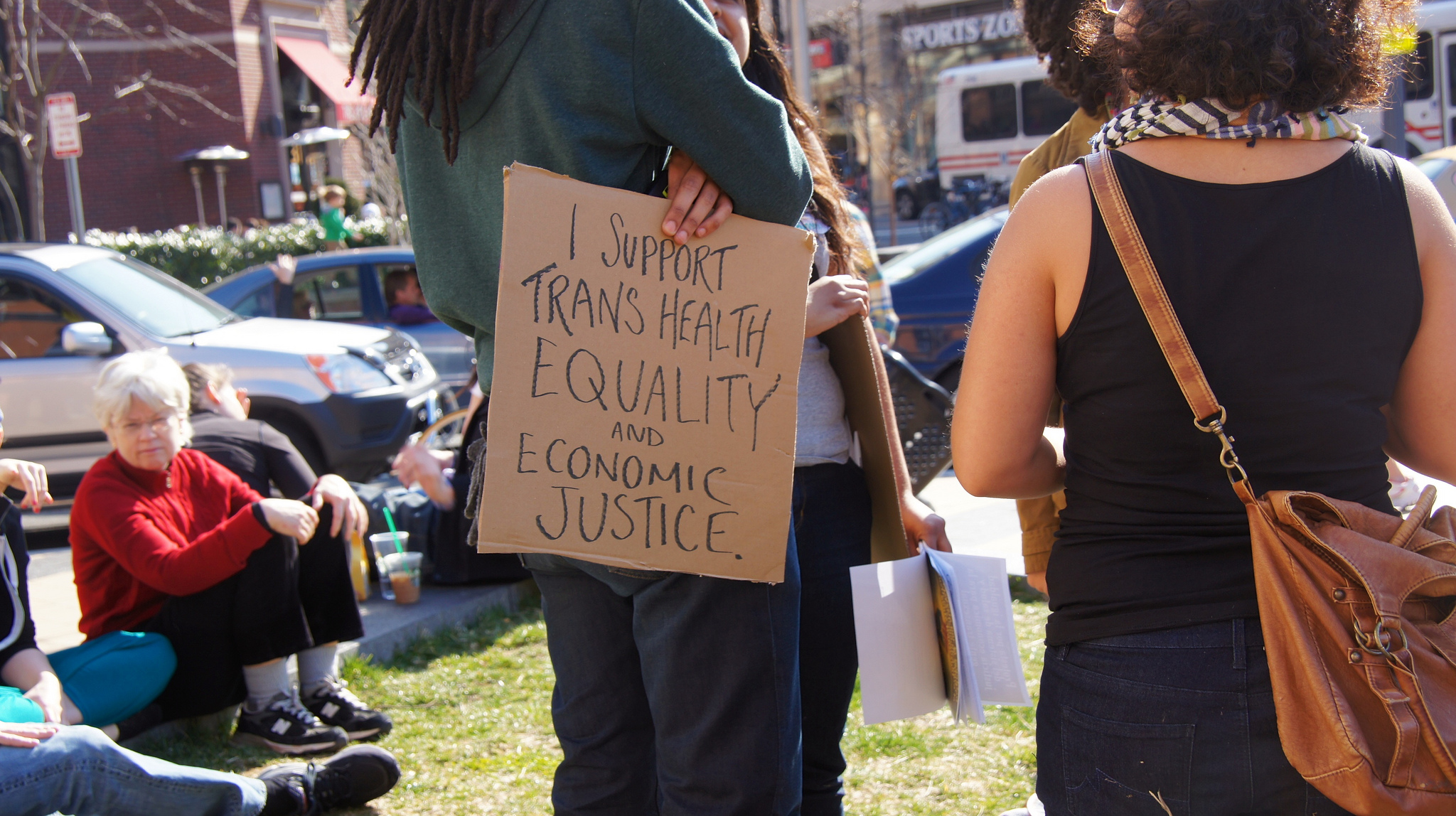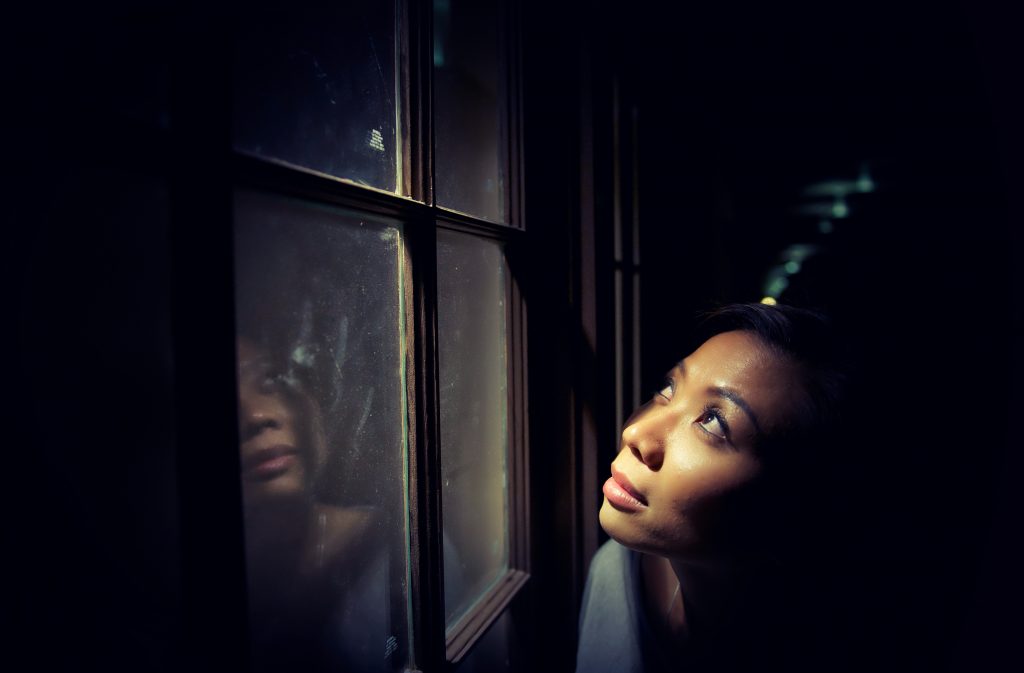International Transgender Day Of Visibility (TDOV) is an important day for everyone passionate about equality. The fight for trans rights has been long – and there’s still a way to go – but human rights are an important tool.
What does it mean to be trans or transgender?
A trans, or transgender, person is anybody whose gender identity or expression differs from what is typically associated with the sex they were assigned at birth. It’s also an ‘umbrella’ term. This means in encompasses a broad range of gender identities.
Beneath it, you may find all sorts of different people, and they all have one thing in common – not identifying with the gender identity they were given at birth, some of the time or all of the time. Gender identity is a diverse spectrum – it’s not just about being female or male, there are countless variants.
How many people can you fit under one umbrella?

Anyone who identifies somewhere along this spectrum might use any of these terms: transgender, transsexual, trans, genderqueer, non-binary, bigender, pangender, polygender, genderfluid, agender, gender variant, etc. And, importantly, being trans has nothing to do with sexual orientation.
What is transphobia?
A 2016 parliamentary report emphasised that trans people have long endured high levels of prejudice and misunderstanding. The report concludes that, despite welcome progress in recent years, the UK is still failing to achieve fairness and equality in respect of trans people.
Trans people often experience bullying, harassment, discrimination, physical and sexual assault, rejection from families, work colleagues and friends, social exclusion in many aspects of their lives and unfair treatment in the NHS. A UK survey also found 48% of trans people under 26 said they had attempted suicide.
How are transgender people recognised in UK law?

There are two key areas of human rights law which apply to protected trans rights: equality and gender recognition.
Equality
It is against the law to discriminate against a transgender person in employment, training, education, the sale of goods and supply of services, public functions and housing. This law includes direct discrimination and indirect discrimination (when a policy or practice puts a trans person at a disadvantage), harassment and victimisation. So, health centres, housing associations, schools and the police must all think about the needs of trans people when they are delivering their services to the community.
This includes ‘discrimination by perception’, meaning if someone thinks you are trans and discriminates against you because of that, they have broken the law. This also includes ‘discrimination by association’, meaning if someone thinks you are connected to a transgender person and discriminates against you because of that, they are breaking the law.
To be protected from discrimination, a transgender person does not need to have undergone any specific treatment or surgery to change from their birth sex. The law, however, only protects those who intend to, or are undergoing, or have undergone, a process of gender reassignment. There is currently no protection for trans people who do not intend to undergo a process to reassign their gender.
Gender Recognition
The law also allows trans people over 18 years old to be recognised in their new gender. They can get a new birth certificate and be given full recognition of their new gender in law for all purposes, including marriage. The law also protects their right to privacy about this change. This law was passed because the Court of Human Rights said previous UK law breached the human rights of a female trans woman Christine Goodwin.
However, you can only use this law if you have been living in your new gender identity for two years. You also need medical evidence. This process has been described as “bureaucratic”, “expensive” and “humiliating”. There’s no protection for those first two years, or for those who do not undergo treatment. This law is out of date and out of line with the approach taken in other countries, including the Netherlands, Argentina, Denmark, Malta, Columbia and Ireland. These countries have embraced a non-medicalised model of legal gender recognition where individuals self-declare their gender identity on a non-binary basis.
What does the future look like?

The Women and Equalities Committee published its first report on transgender equality in January 2016. It concluded Britain was failing in its duty towards trans people to uphold the principles of fairness and equality. Its recommendations include:
- A move towards a non-binary approach to gender identification. This might, for example, include the option to record gender as ‘other’ or ‘X’ (meaning indeterminate or unspecified) on a passport;
- Providing for gender recognition based on self-declaration, rather than the current medicalised approach;
- Lowering the age of legal gender recognition from 18 years to 16 years;
- Ensuring that the NHS takes immediate steps to improve its understanding and care of trans people;
- Introducing new hate-crime legislation to protect trans people; and
- Taking additional steps to protect trans people in prisons.
You can learn more about the right to respect for a person’s identity and private life here and take a look at our equality resources here.






